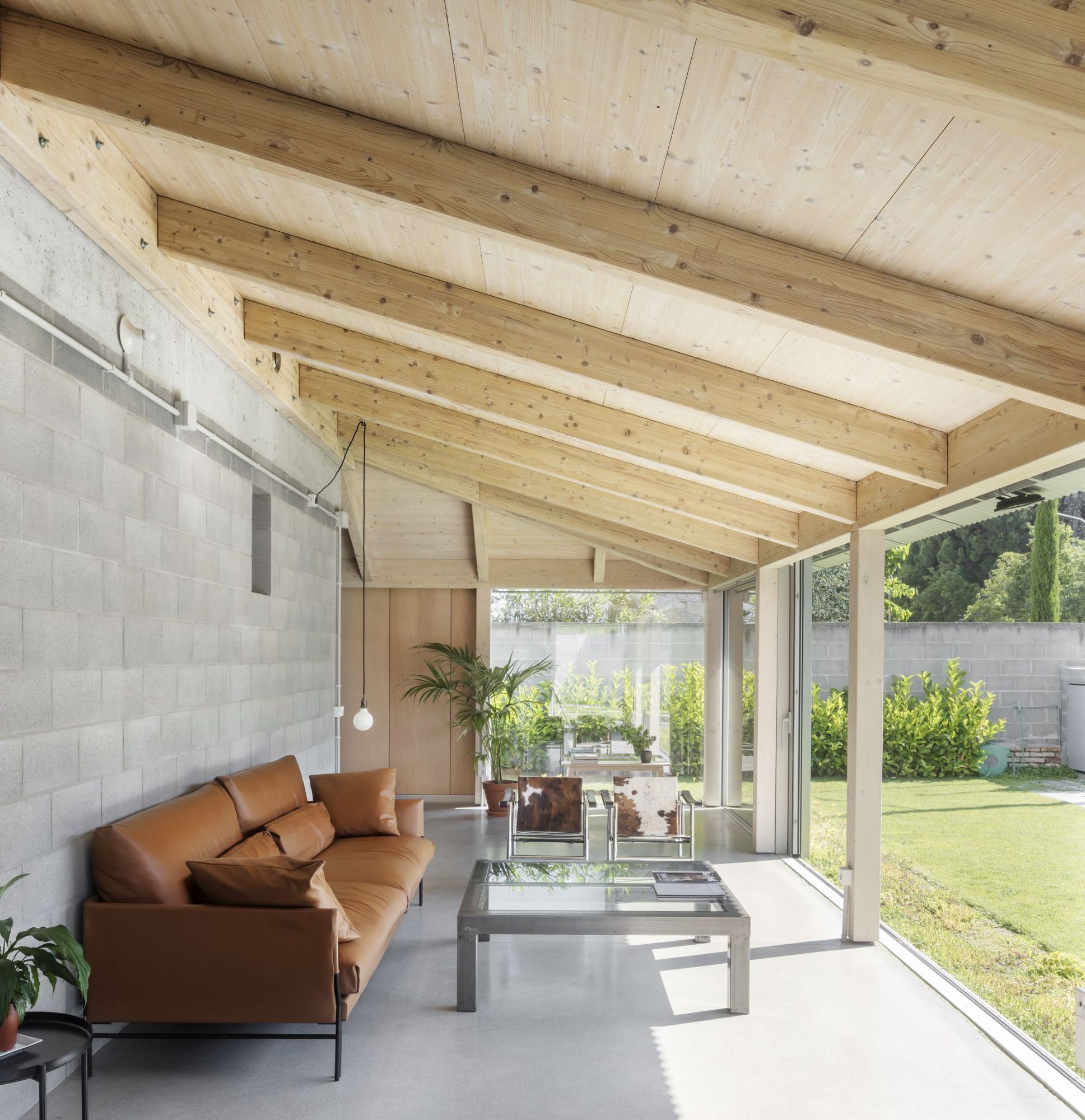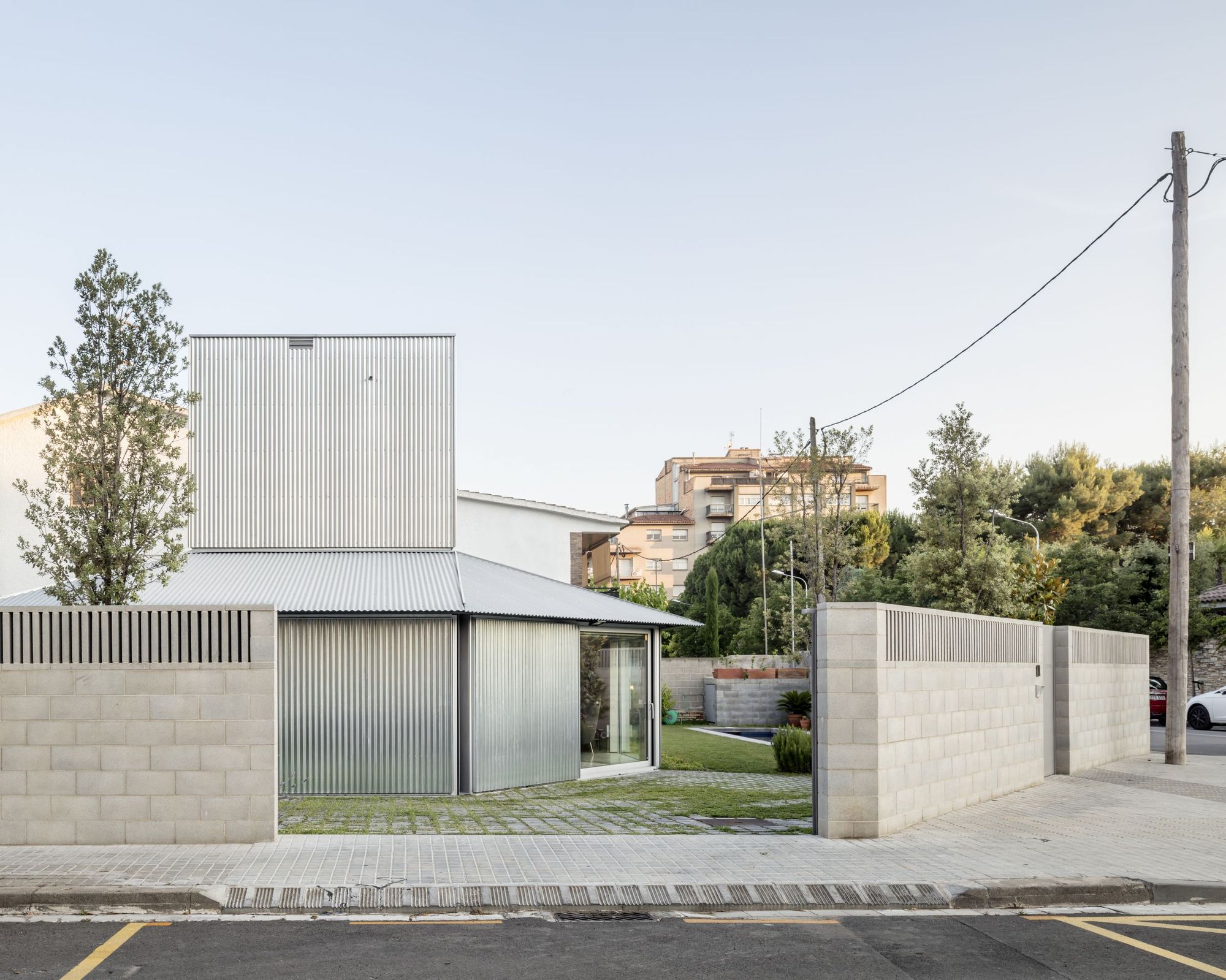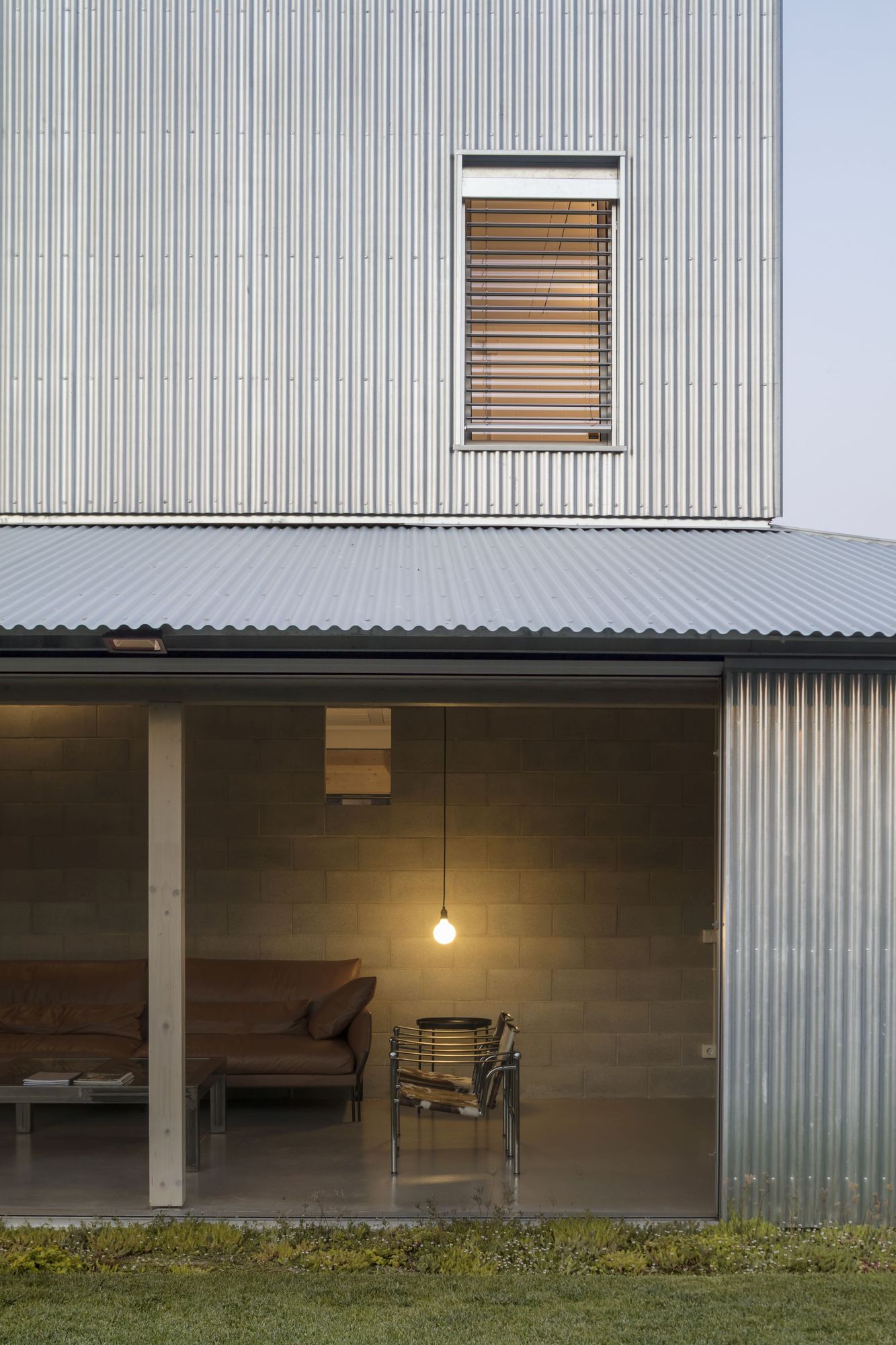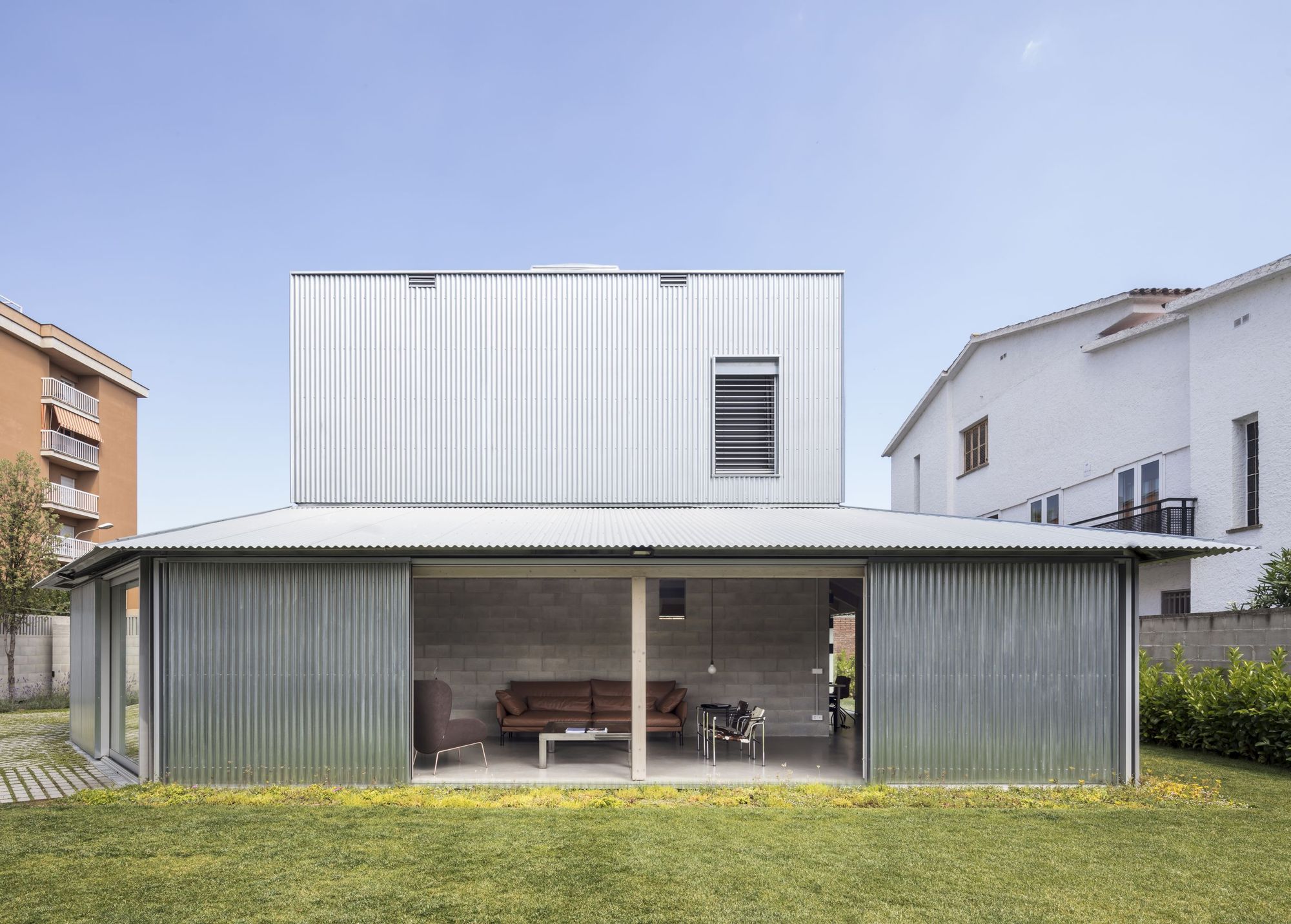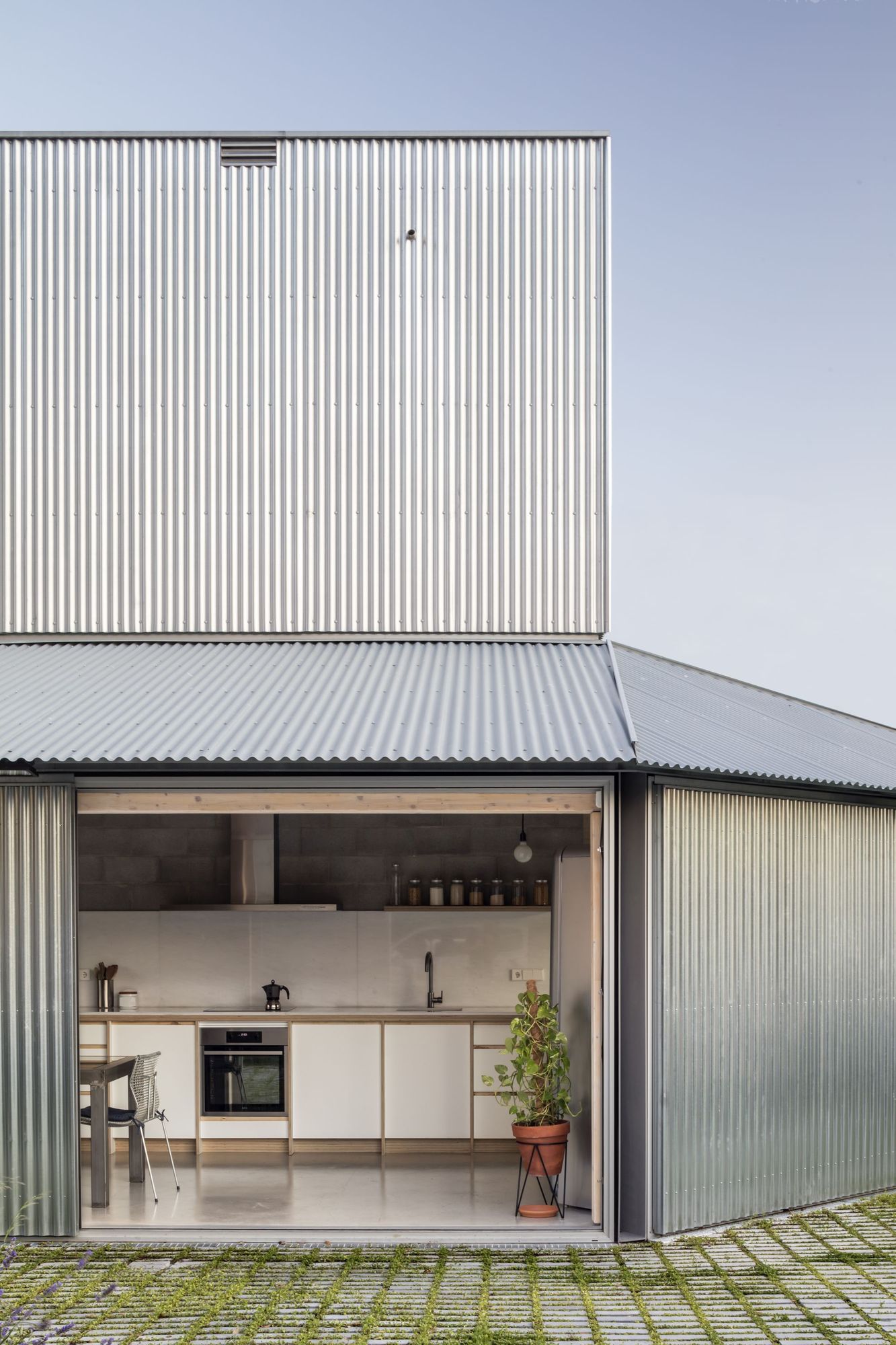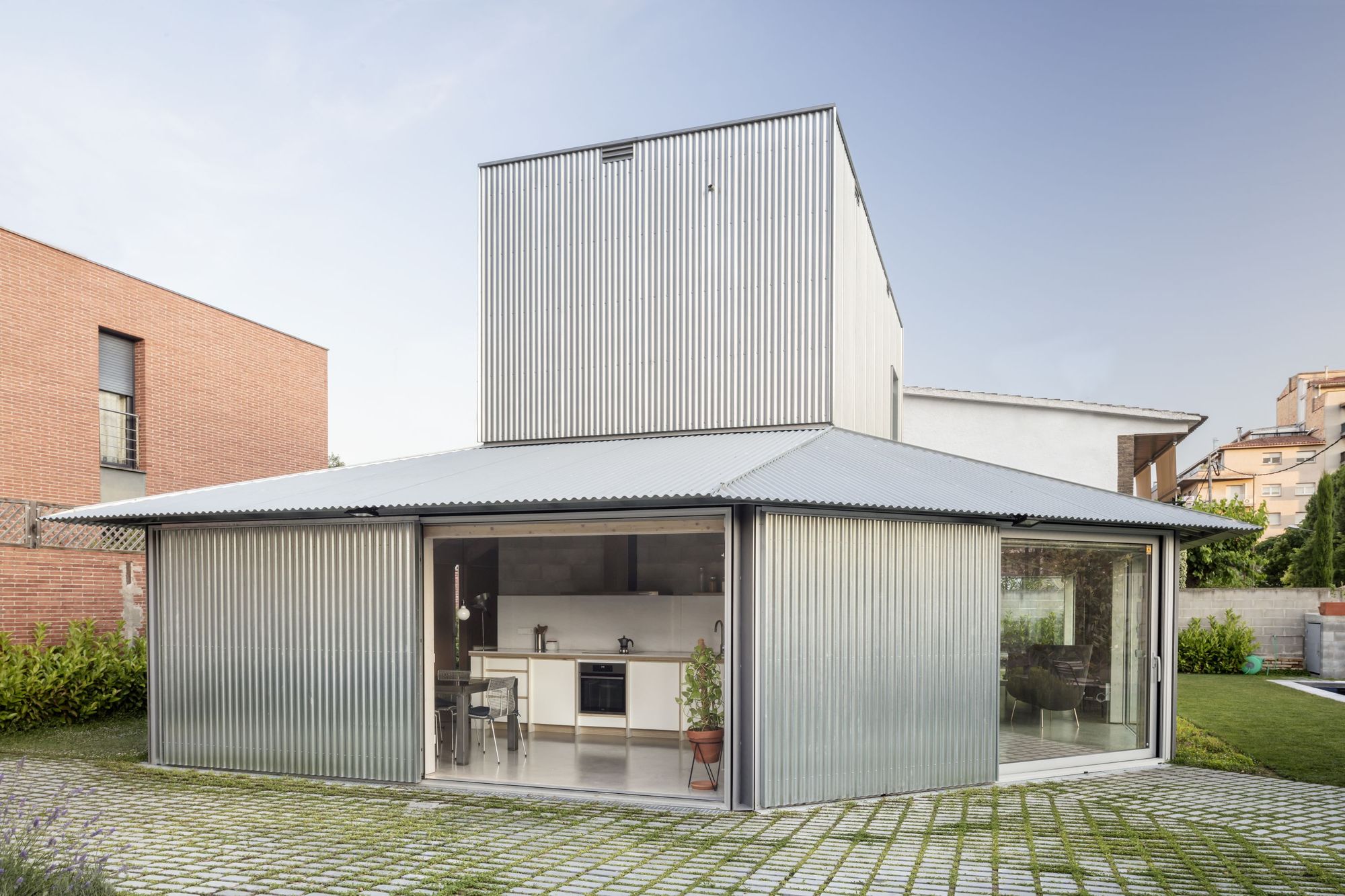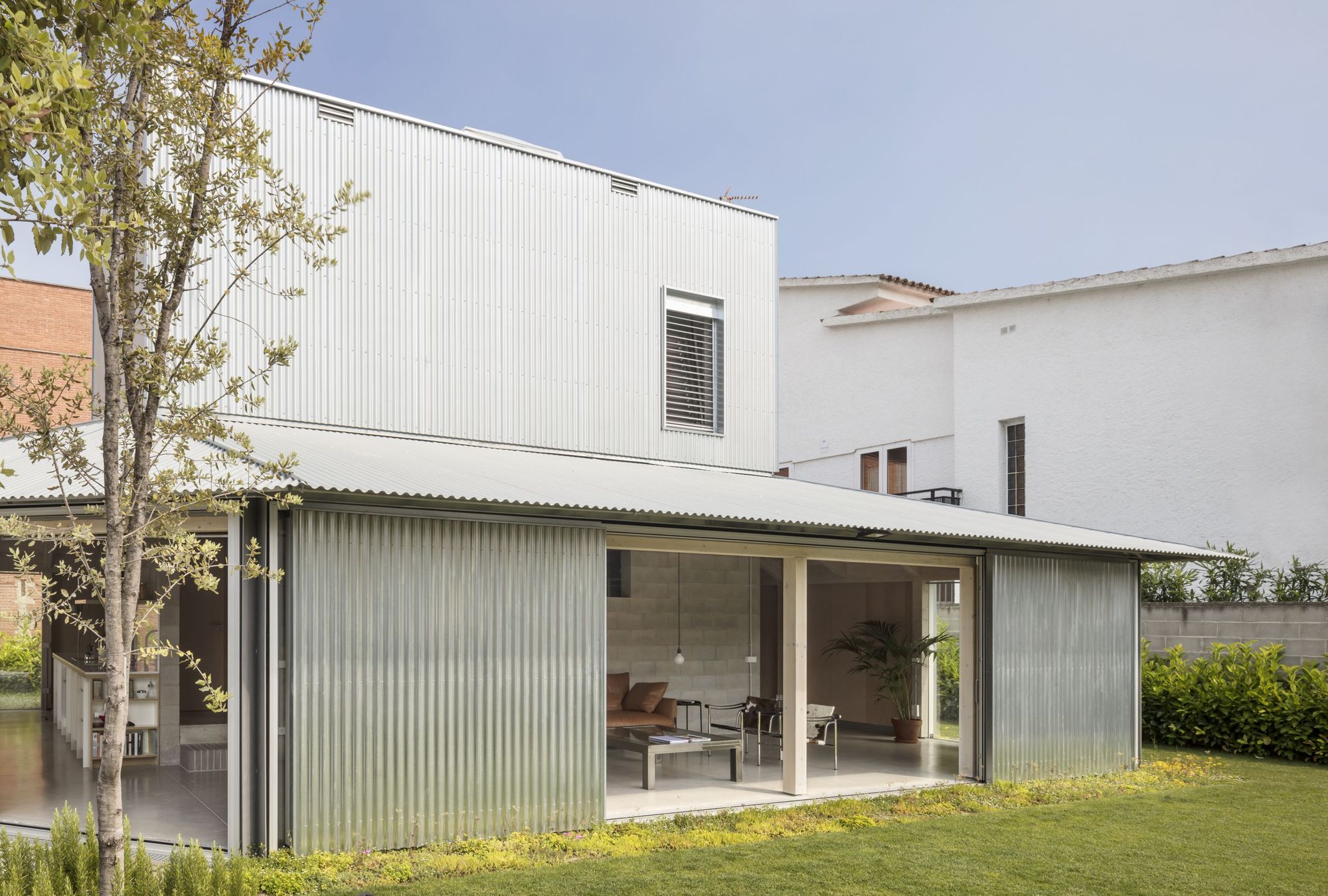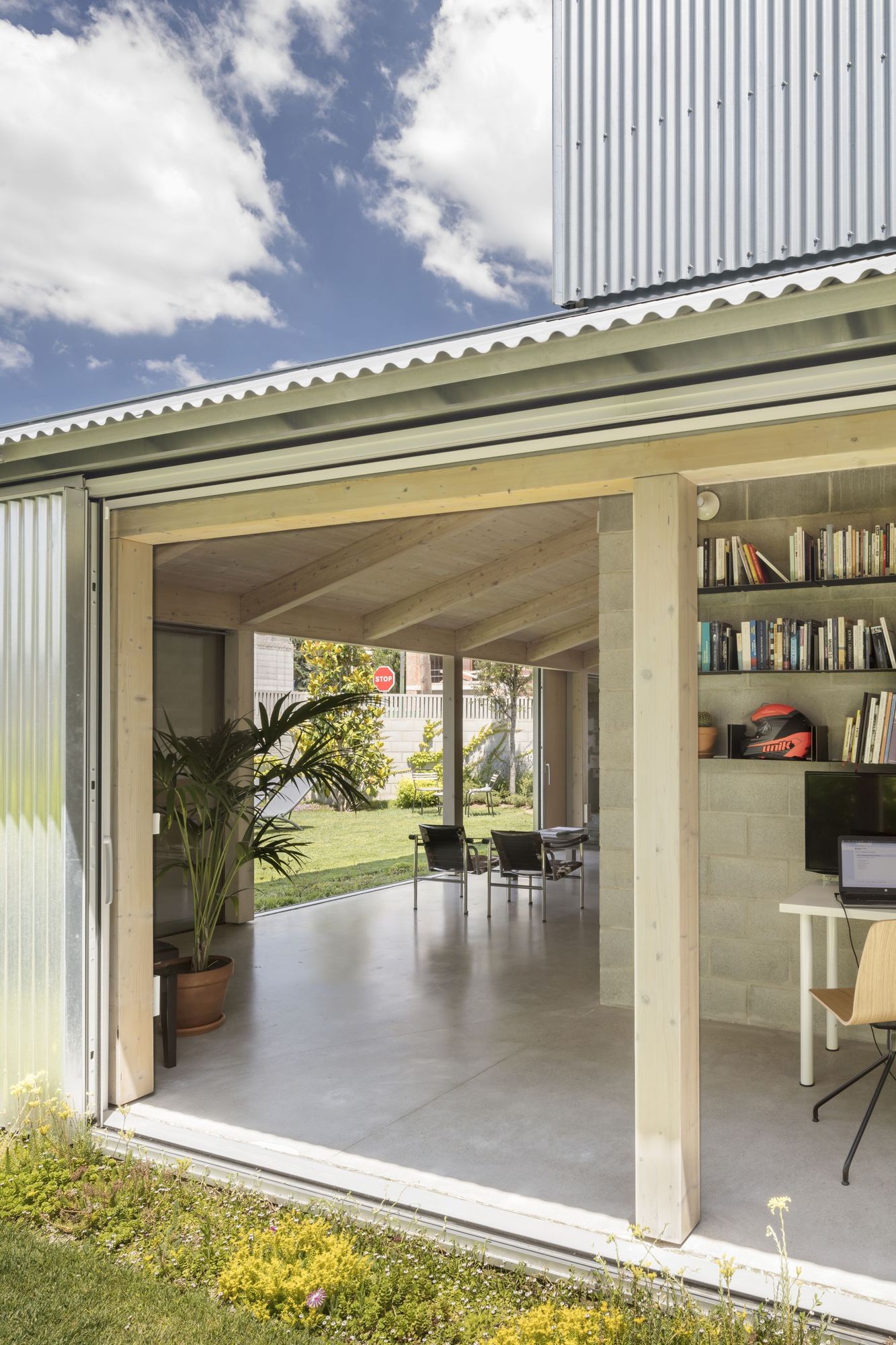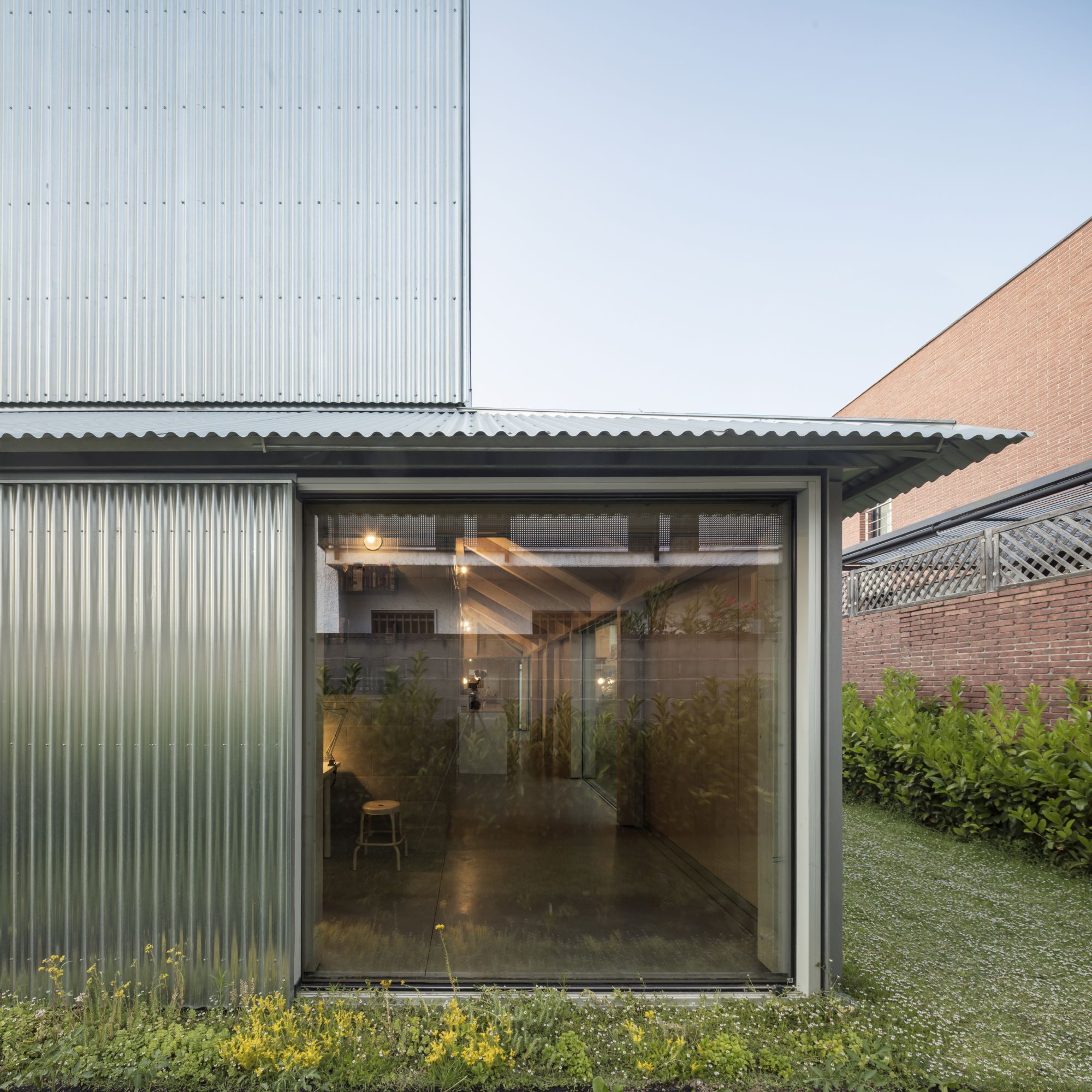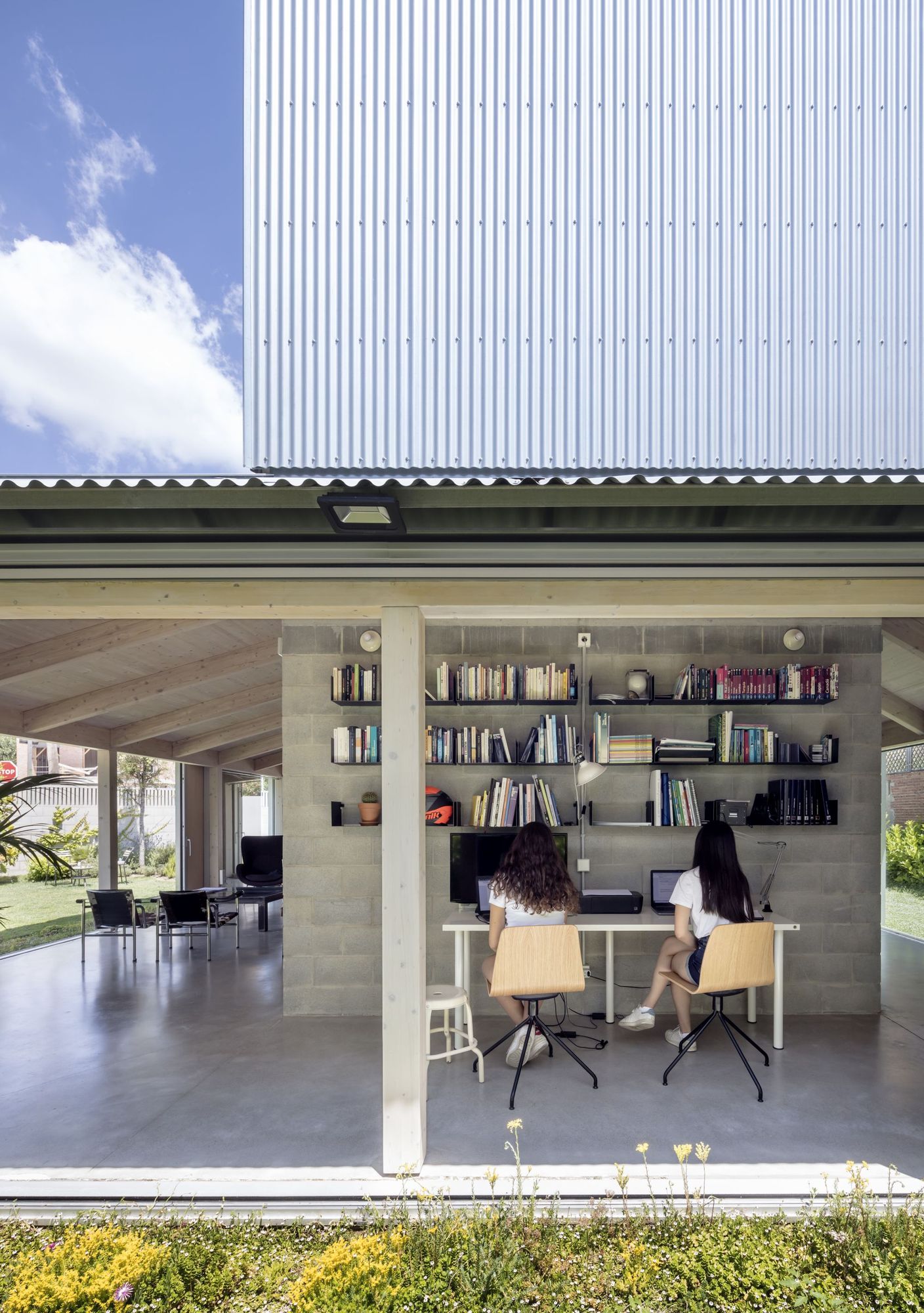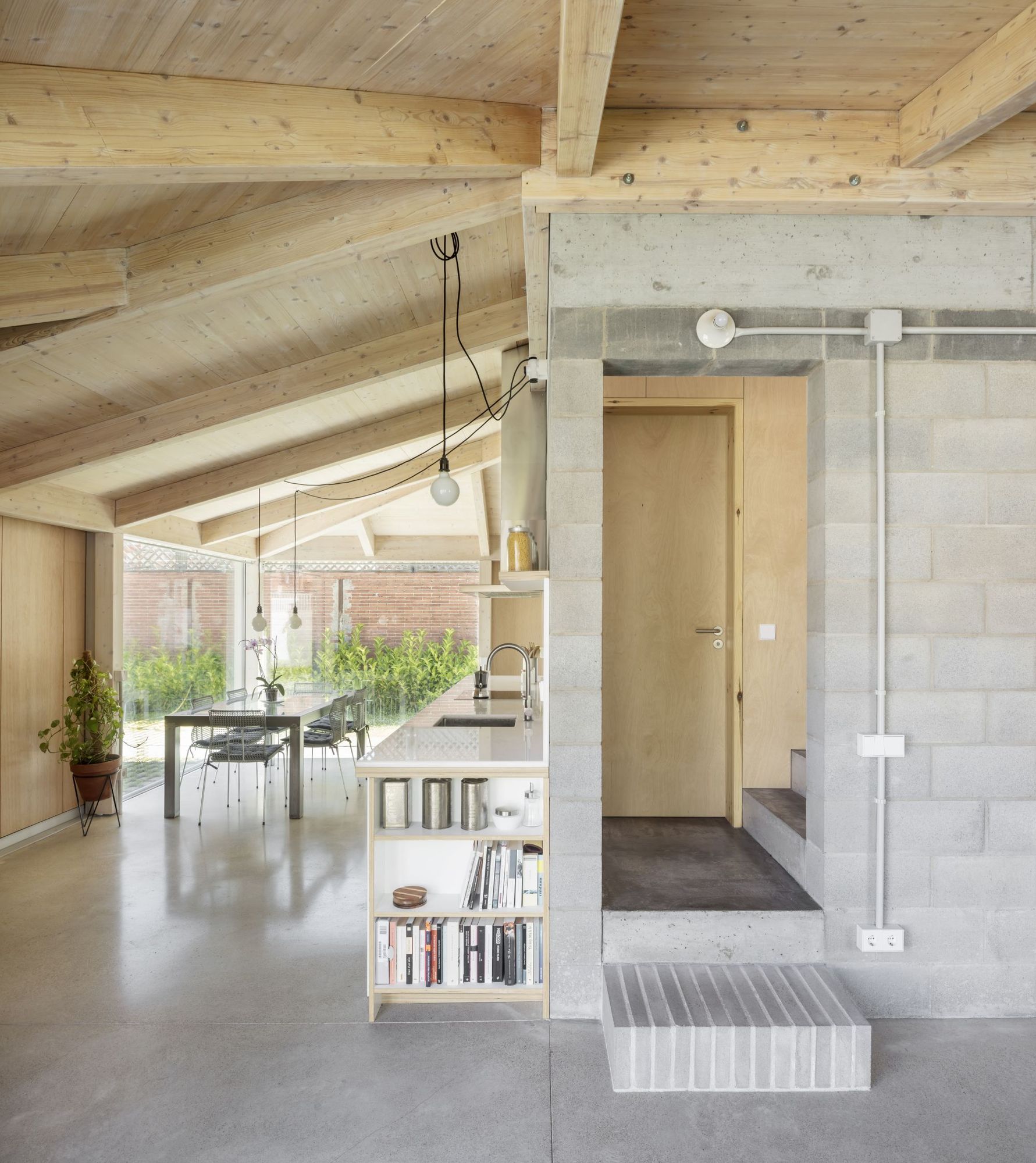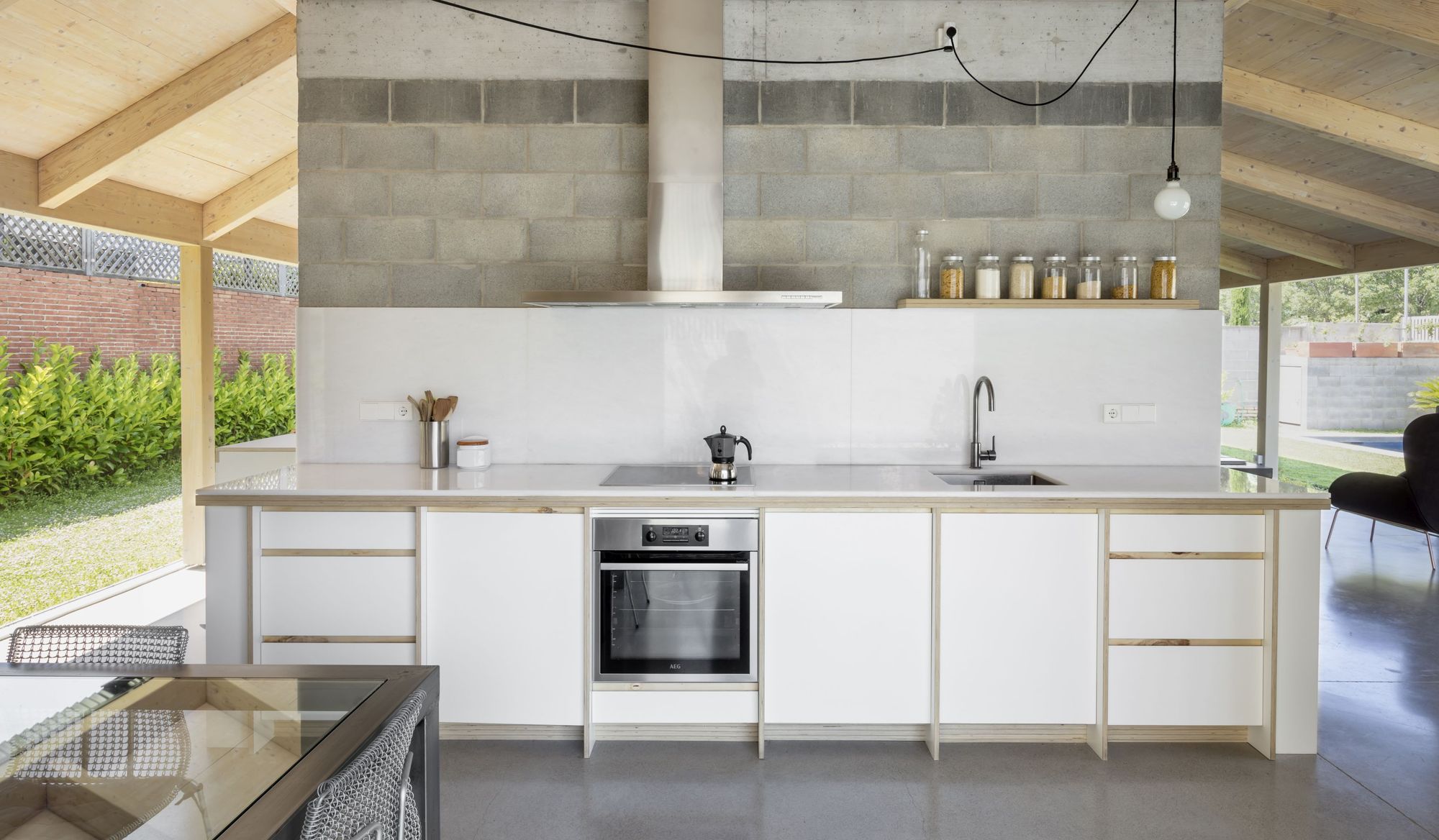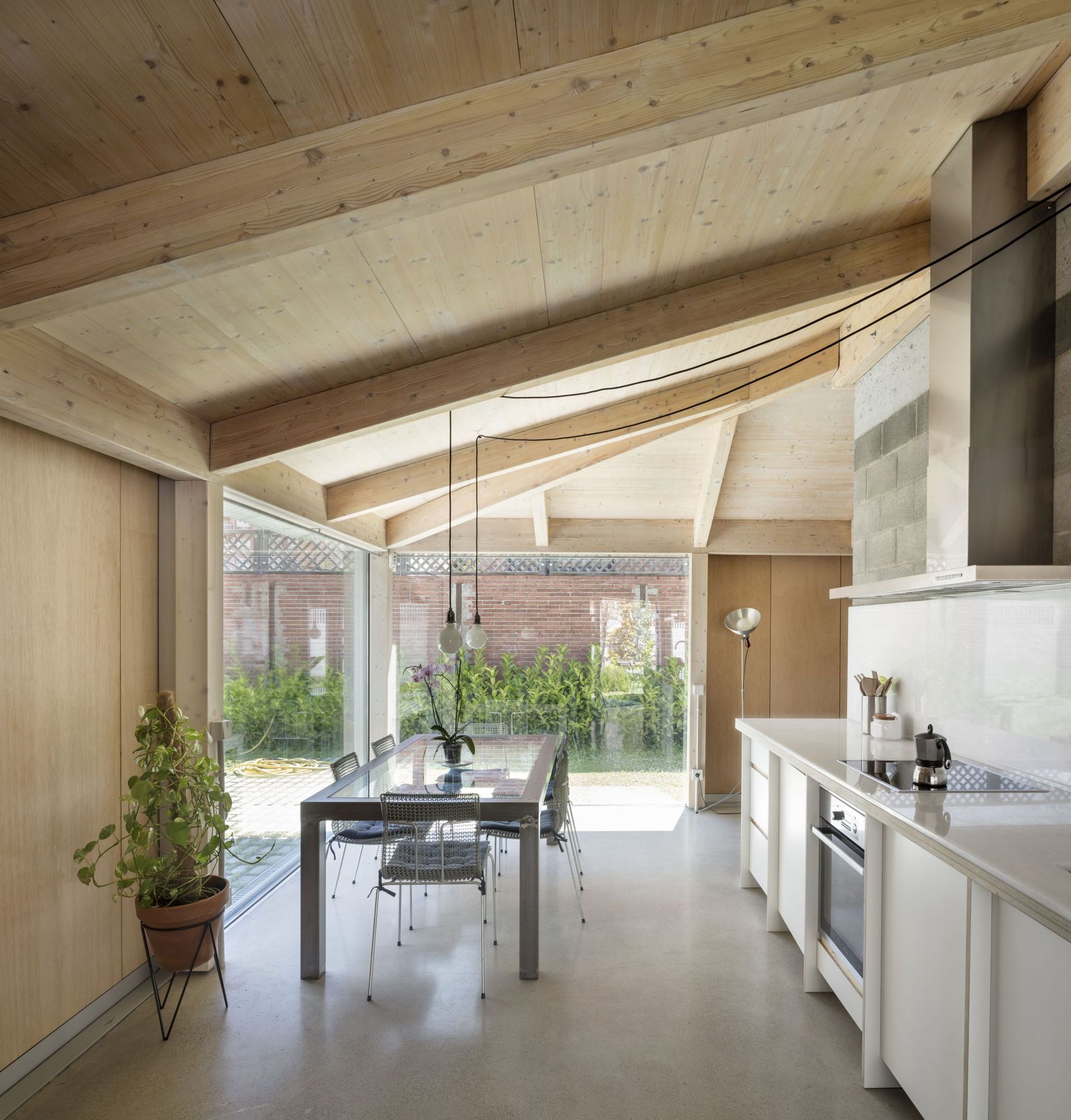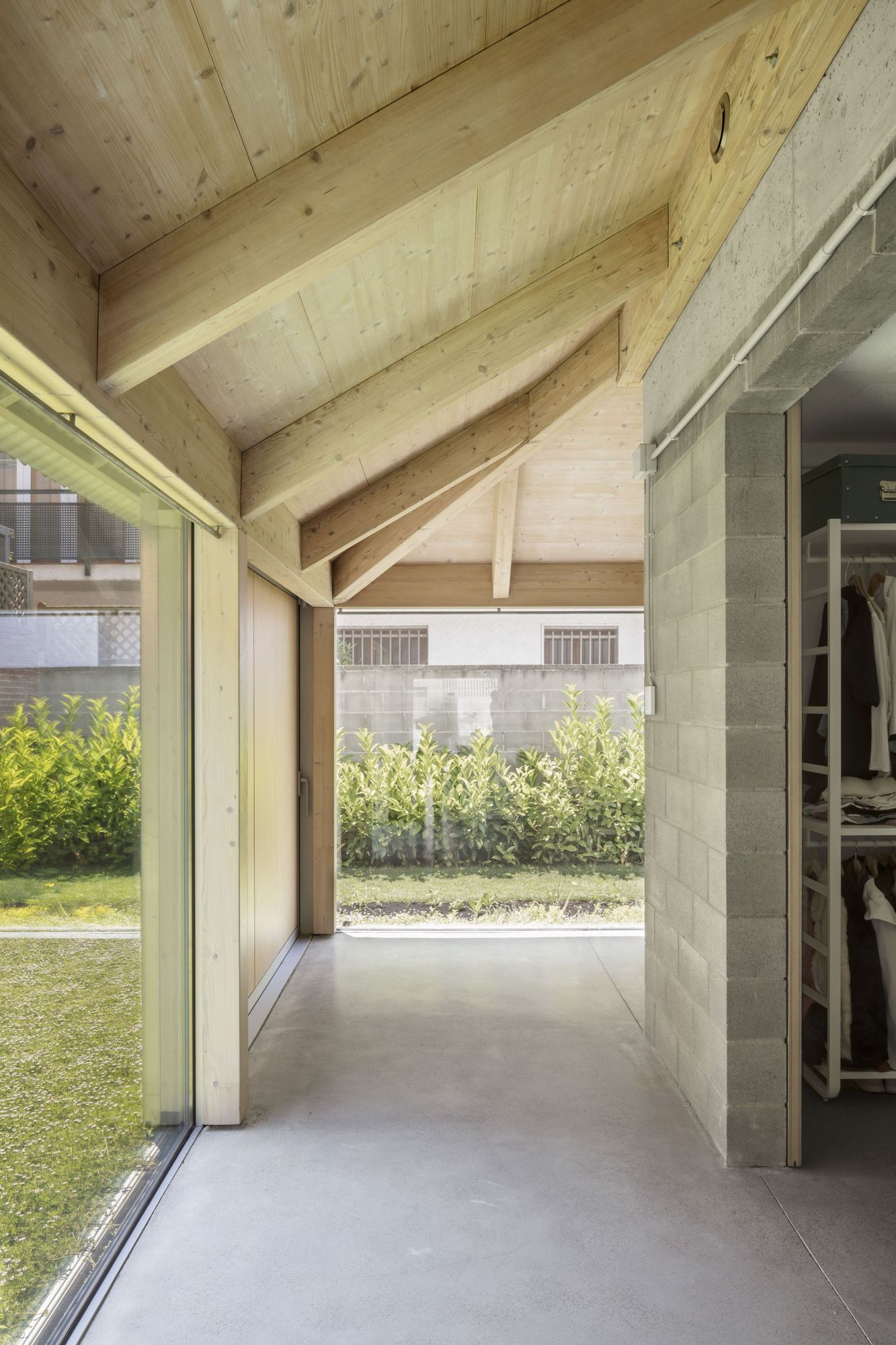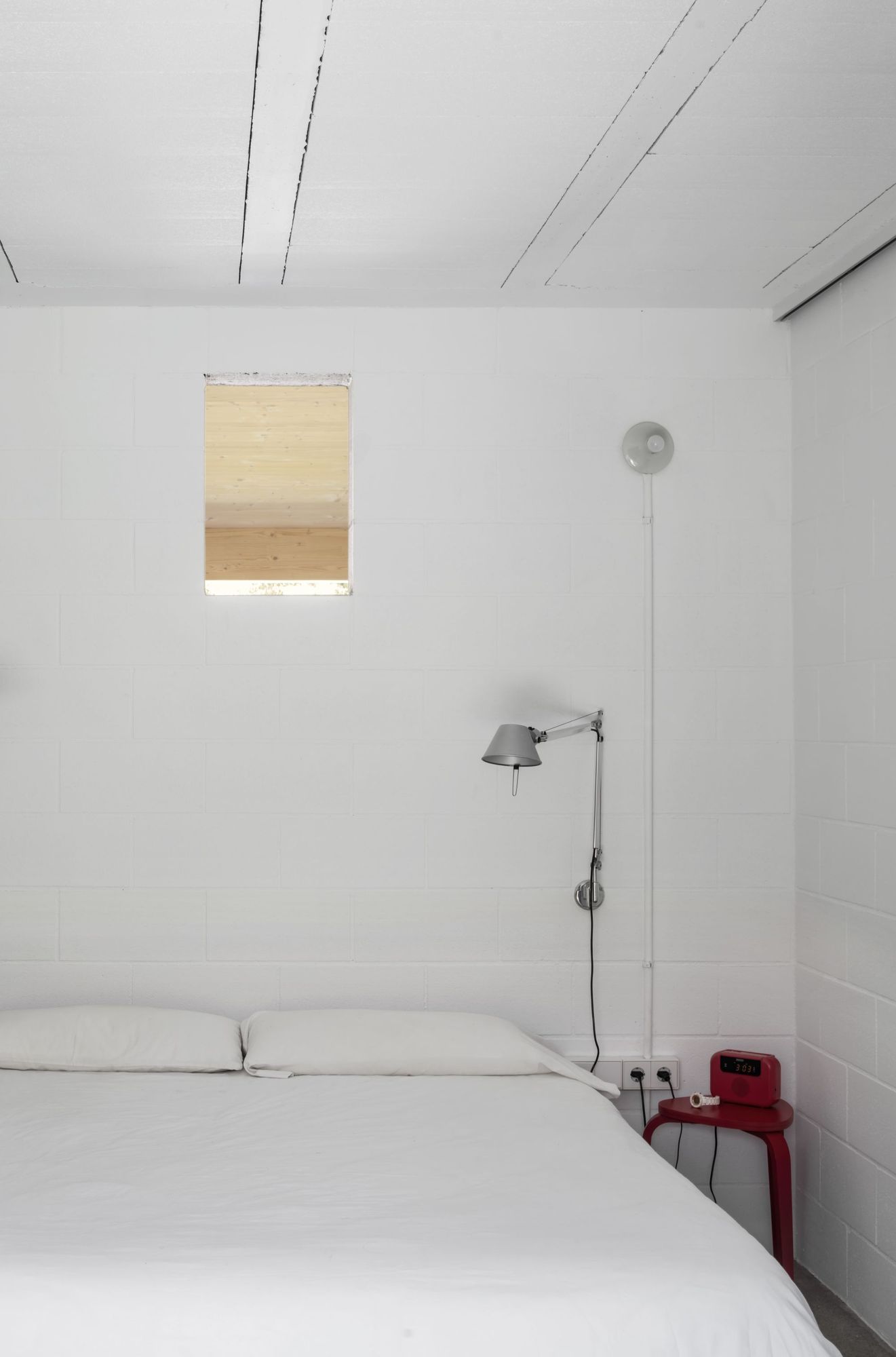Casa 905 is a minimalist residence located in Barcelona, Spain, designed by HARQUITECTES. No context is irrelevant for a new building. And often the site itself generates conditions, affecting the project in almost every decision. It is not the case with this house. The sun, the geometry of the plot (almost square with a chamfer), an excessively close neighbor to the south, and a tower of flats to the north, more typical of a residential estate of the sixties than of this piece of garden city where it is located the solar. Four inputs wrongly counted.
The owners (a couple with two children) wanted a house without maintenance, with a lot of privacy and a good relationship with the garden – more like a patio – throughout the year, a well-placed study, and few other usual requirements. And the desire to live in a modern house -without capital letters-. And some interest in contemporary Japanese domestic architecture. With these conditions the designers were clear that history had to be written almost from scratch or, rather, from within, with the building itself. A new site had to be created. The plot was flat, slightly below the grade of the street.
The first step was to build an opaque fence as high as possible, about two meters, and place the house off-center to the east, filling the 120m2 of maximum occupancy and filling in all buildable limits except to the west, where it enters only during the entire anus. To the north, the architects planted some evergreen trees that, over time, will deprive the view from the neighboring tower of flats. The new house is structured in four concentric layers parallel to the limits of the site, like an onion. From exterior to interior: the masonry fence, the perimeter patio and a continuous gallery that surrounds the central body, a masonry box made of concrete block with two floors. In the initial phases of the project, when the house was larger, the perimeter gallery was an intermediate space, bioclimatized, with complementary uses, and all the main pieces were housed in the core of the house.
Subsequently, due to budgetary adaptation, the surface was reduced and in the central body only the rooms, the bathrooms and the staircase remained. The common areas passed to the gallery. Almost everything happens in the gallery. It is a veranda, with certain resonances to the Orinda house by Charles Moore, which proposes intense and variable relationships (seasonally) with the patio; in summer, through the large sliding walls it becomes a porch; in winter, large windows in the corners offer framed views of the garden and capture solar radiation to the west. Contrary to usual, in this house the glass is fixed and the mobile gates are opaque, a condition that constantly transforms the façade and the gallery, depending on what is open and what is closed.
As in the chapel of Santa María dos Anjos by Lina Bo Bardi, the veranda, with a sloping roof, is built with light and dry systems: wooden structure (pillars, beams and ceiling) and glass, aluminum, wood and sheet metal enclosures corrugated galvanized. In contrast to the lightness of the gallery, the central core is massive and compact, with more thermal inertia. The block walls and slabs are left visible in the gallery and painted white in the rooms.
In winter, the veranda shelters and heats the entire central body (bathrooms and bedroom), which does not have its own air conditioning system (on the ground floor); the concrete pavement, with a lot of inertia, apart from receiving direct solar radiation from time to time, is heated via underfloor heating, just like the first floor rooms; generation is by aerothermal heat pump. In summer, when the sliding doors are closed, the windows are protected from the sun by the flight of the roof and by external reflective curtains.
In turn, the inclination of the roof favors, by stratification, a passive ventilation system that evacuates the hot air through four hidden ducts in the facades that function as small solar chimneys, favoring natural renewal and facilitating the cooling of the veranda. Ten years after the first meeting with clients, and with a long and intense history in between, house 905 was completed. Long time was another determining tool in the project process.
Photography by Adrià Goula
